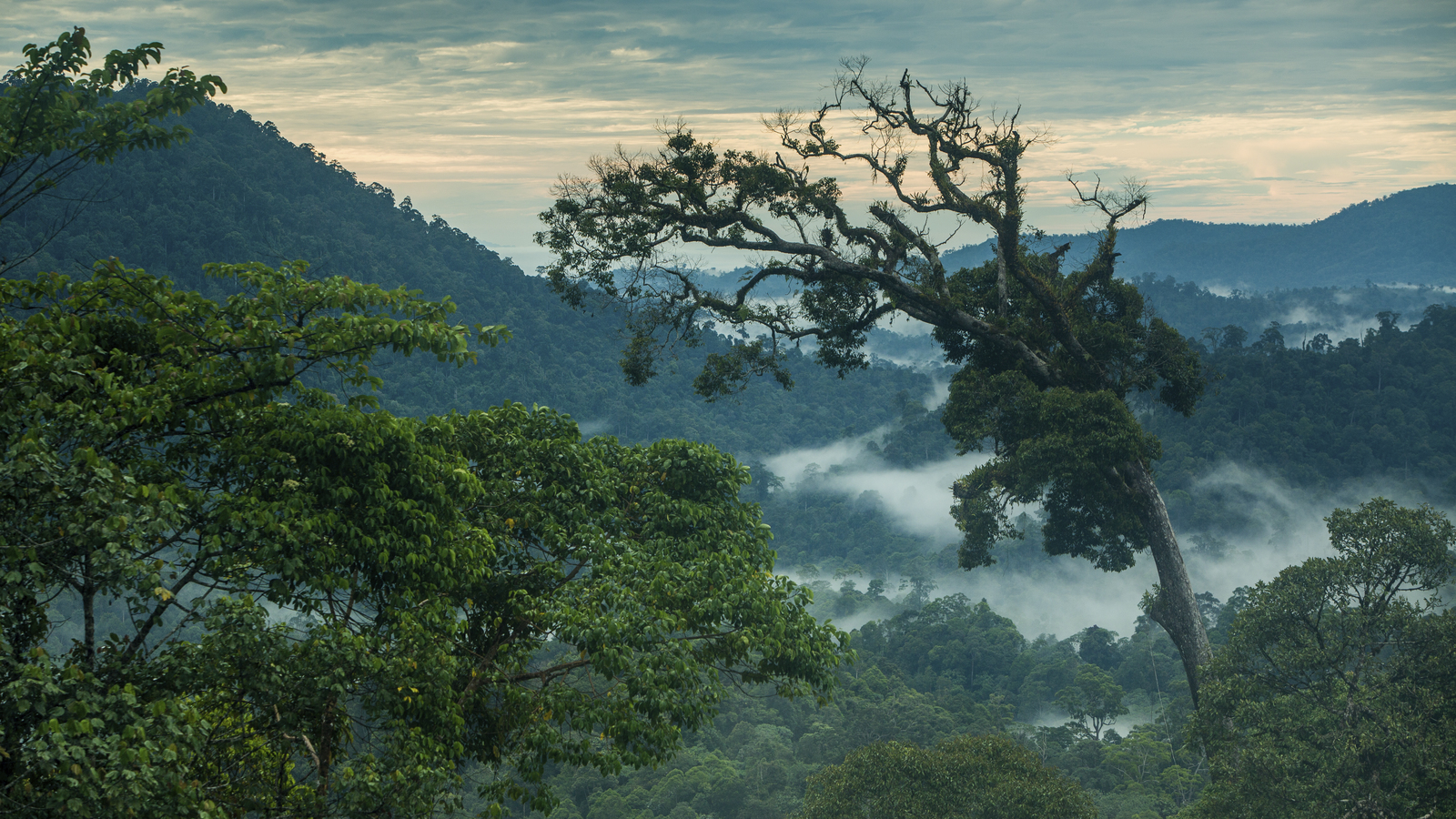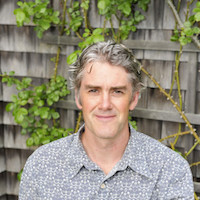Tropical forests are widely celebrated for their biodiversity and carbon sequestration potential. What is less often acknowledged is that wood is the most sustainable building material. A complete ban on logging would exacerbate climate change by forcing builders to switch to less sustainable materials, such as cement and steel. It is therefore important to determine the best way to achieve complementary benefits to conservation and society in tropical timber production landscapes.
OUR APPROACH: The team investigated the impacts of intensified timber production (sparing) and selective logging (sharing). Through empirical analyses, they estimated carbon, water, biodiversity, and human well-being benefits from the implementation of different timber production systems. Their findings were synthesized into a set of best practices, which can help achieve lasting conservation outcomes in tropical forests that benefit nature and people.

Selective Logging Conservation Outcomes
Many logging companies target and remove only the most valuable timber in the forest, a process known as selective logging. The team determined that low-intensity selective logging can offer either the best or worst conservation outcome while maintaining wood production, depending on both land tenure security and the use of certified reduced-impact logging methods. The best scenario for minimizing climate and biodiversity impacts occurred when: 1) timber producers employed certified reduced-impact logging methods, and 2) land tenure was secure. In cases where land tenure was secure, and particularly when logging operation practices are certified by the Forest Stewardship Council, there is evidence that a company’s presence can act as a force against deforestation. These findings show there is a highly compelling conservation option to invest in land tenure security and to work with logging companies to improve practices.
RIL-C Methodology
The team worked with the Tropical Forest Foundation and TerraCarbon to develop a new “reduced impact logging practices that reduce carbon emissions” (RIL-C) methodology for the Verified Carbon Standard (VCS), the world’s most widely used voluntary greenhouse gas program. Through a rigorous assessment process, VCS ensures the credibility of emission reduction projects used as carbon offsets within carbon markets. The RIL-C methodology also provides a robust third party mechanism for commercial loggers to verify that low impact logging practices are reducing carbon pollution. The Government of Indonesia is currently integrating RIL-C into national strategies to reduce emissions and meet their commitment to the United Nations Paris Agreements.

“Low impact logging practices could cut carbon pollution in half while improving local jobs, maintaining Orangutan habitat, improving water quality, and providing flood control.”
– Bronson Griscom, Project Co-Leader
This interactive online tool helps users visualize different land use regimes in Mexico’s Yucatan Peninsula.
This Cool Green Science post describes how the team’s researchers estimated animal biodiversity by analyzing the complexity of forest sounds.
This alliance of environmental NGOs, research groups, and government organizations convened as a result of this team’s research to address deforestation and sustainable development in Mexico.
This database supports a method for estimating the relevant historic forest carbon fluxes within the Regency of Berau in eastern Borneo, Indonesia.